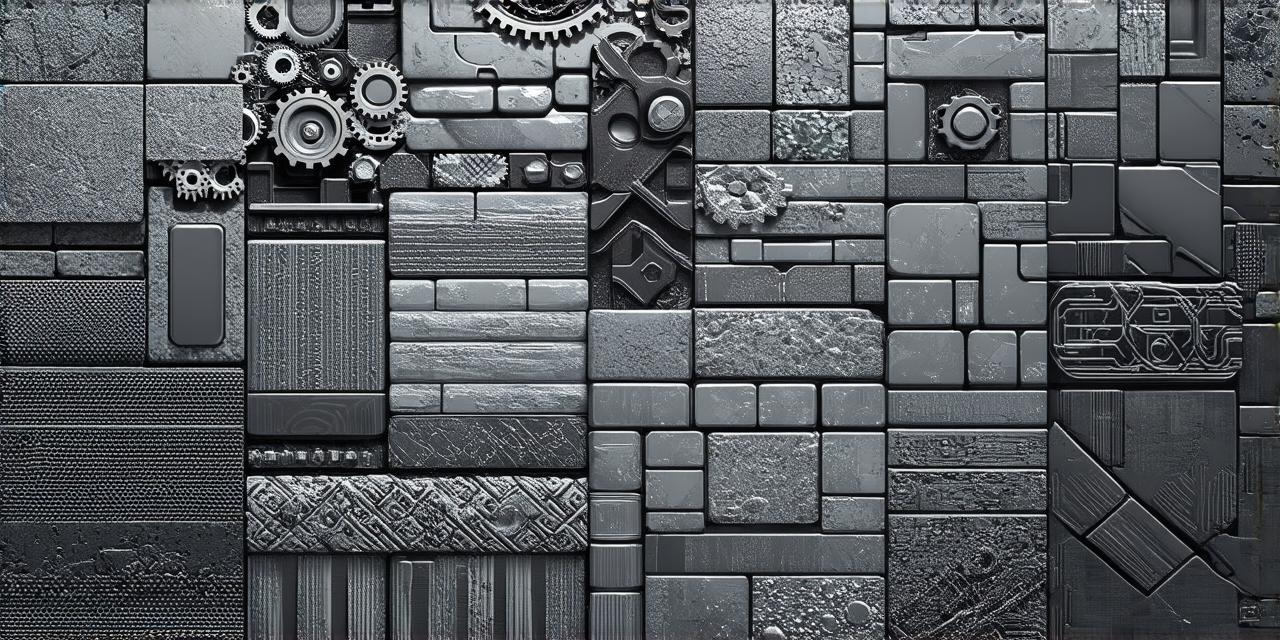Blockchain technology has revolutionized the way data is stored and shared across the globe. It is a decentralized, secure, and transparent system that allows users to transfer digital assets without intermediaries.
What is a Block in Blockchain?
Before we delve into the process of block creation, let’s first understand what a block is in the context of blockchain. A block is a set of transactions that have been verified and added to the blockchain.
Block Components
- Block header: This contains metadata about the block, such as the timestamp, nonce, and hash of the previous block.
- Transaction data: This includes the details of all the transactions included in the block.
- Merkle root: This is a cryptographic hash that represents the state of all the transactions included in the block.
- Block signature: This is a digital signature that confirms the integrity and authenticity of the block.
How are Blocks Created in Blockchain?
The process of block creation in blockchain involves several steps, including:
- Mining: In this step, miners compete to solve a complex mathematical problem known as a hash function. The first miner to solve the problem and create a valid block is rewarded with cryptocurrency.
- Validation: Once a miner creates a block, it must be validated by other nodes in the network to ensure that it adheres to the rules of the blockchain protocol. This involves verifying that the transactions included in the block are legitimate and that the block header contains accurate metadata.
- Propagation: Once a block is validated, it is broadcast to all nodes in the network. Each node stores a copy of the blockchain and updates its local copy with the new block.
- Consensus: For a block to be added to the main blockchain, all nodes must agree that it is valid. This consensus is achieved through a process called proof-of-work or proof-of-stake, depending on the type of blockchain being used.
The Significance of Block Creation in Blockchain

Block creation is a critical process in blockchain as it ensures the integrity and security of the network. Each block contains a cryptographic hash that links it to the previous block, creating an unalterable chain of blocks. This makes it virtually impossible for any malicious actor to tamper with the data stored on the blockchain.
Moreover, block creation also enables decentralized decision-making in blockchain networks. Since all nodes must agree on the validity of each block, there is no central authority controlling the network. This allows for a more democratic and transparent system where decisions are made through consensus rather than top-down dictation.
Real-Life Examples of Block Creation in Blockchain
Let’s look at some real-life examples of block creation in blockchain to illustrate the process:
- Bitcoin: Bitcoin is one of the most well-known cryptocurrencies in the world, and its blockchain is a prime example of how blocks are created. Each bitcoin block contains around 1000 transactions, and miners compete to solve complex mathematical problems to create new blocks. The first miner to solve the problem is rewarded with a fixed amount of cryptocurrency.
- Ethereum: Ethereum is another popular blockchain platform that enables developers to build decentralized applications (dApps). Ethereum uses a different consensus mechanism known as proof-of-stake, where validators are chosen based on the size of their stake in the network rather than their computational power. This makes block creation more energy-efficient and less resource-intensive.
- Hyperledger Fabric: Hyperledger Fabric is a blockchain platform designed for enterprise use cases. It uses a modular architecture that allows organizations to customize the consensus mechanism, transaction validation rules, and other parameters to suit their needs. This makes block creation more flexible and adaptable to different business requirements.
FAQs on Block Creation in Blockchain
1. How long does it take to create a block in blockchain?
It takes around 10 minutes to create a bitcoin block, but this can vary depending on the network load and the computational power of miners. Other blockchains may have different block creation times.
2. What happens if a miner fails to solve the hash function in block creation?
If a miner fails to solve the hash function, they are not rewarded with cryptocurrency, and their block is not added to the blockchain. They must continue trying until they succeed.
3. Can blocks be deleted from the blockchain?
No, once a block is added to the blockchain, it cannot be deleted or modified. This ensures the integrity and immutability of the data stored on the blockchain.
4. What happens if there are conflicting transactions in a block?
If there are conflicting transactions in a block, the network must use a consensus mechanism to determine which transaction is valid and should be included in the block. In most cases, conflicting transactions are resolved through a process called transaction validation, where nodes in the network verify that the transactions adhere to the rules of the protocol.
Conclusion
In conclusion, understanding how blocks are created in blockchain is crucial for blockchain developers as it enables them to build secure and decentralized applications. The process involves mining, validation, propagation, and consensus, ensuring the integrity and security of the network. Real-life examples of block creation in blockchain, such as Bitcoin, Ethereum, and Hyperledger Fabric, illustrate the diversity and adaptability of blockchain technology. Finally, by answering common questions on block creation in blockchain, developers can gain a deeper understanding of this critical process and build more effective blockchain-based solutions.
